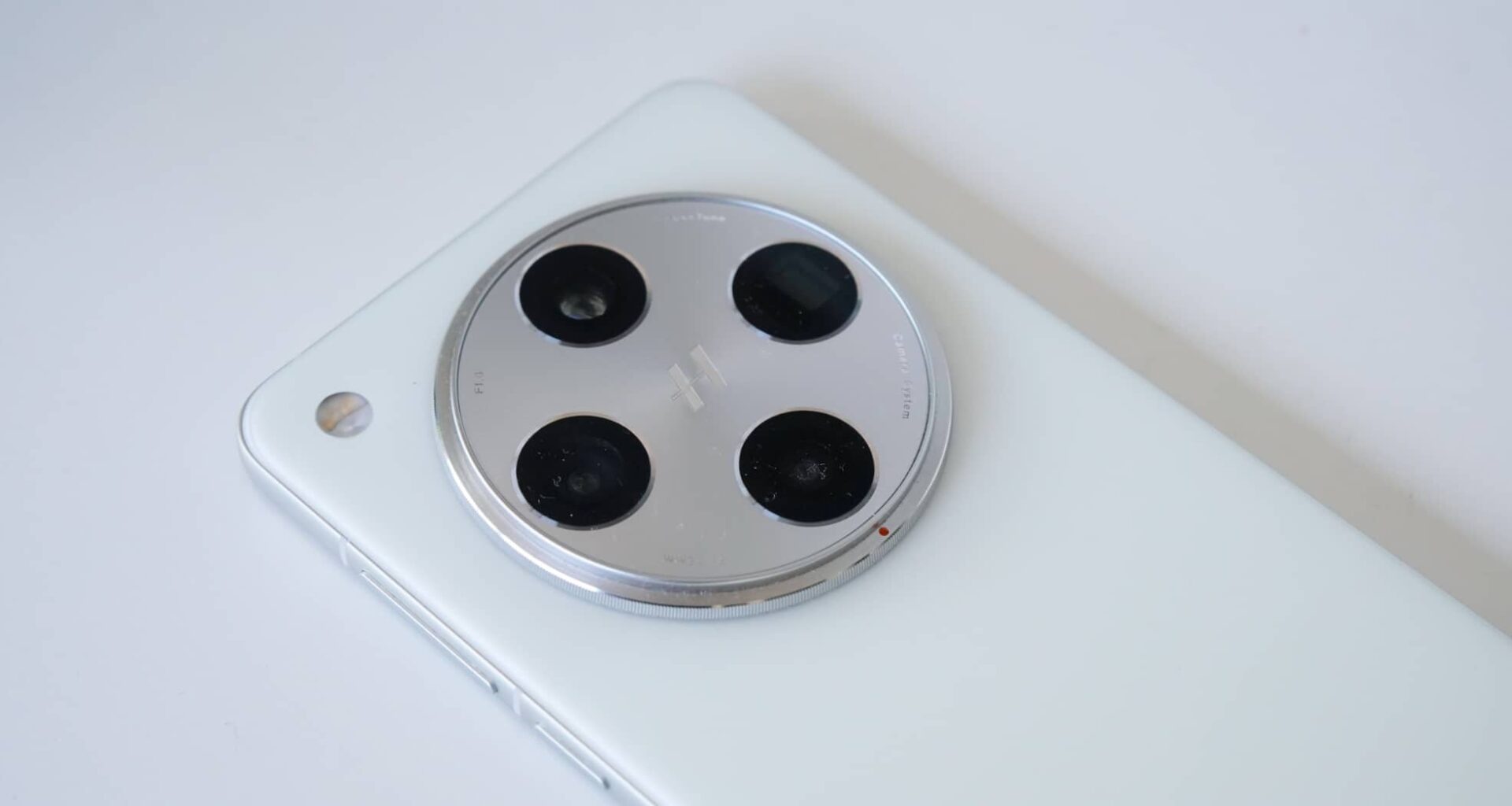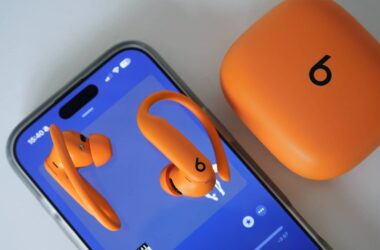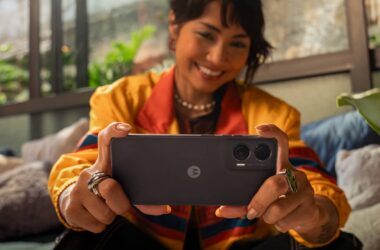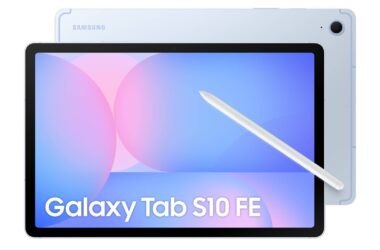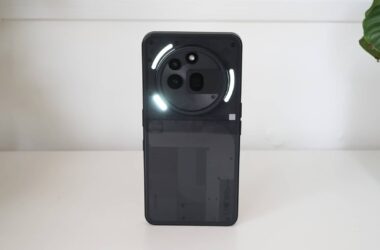Quick review
The good
The not-so-good
A well-priced flagship with plenty of excellent features, the Find X8 Pro is one of the best surprises we’ve had to start the year: a premium phone at a great price.
When you’re looking for the best device in any category, you’re probably going to expect to pay for it, and we mean properly pay.
Good gear isn’t cheap, and great gear markedly less so. It’s partially why flagship phones can command the hefty prices they come in at, which in the past few years typically managed around the $2000 mark and higher.
It’s no wonder there’s so much activity in the mid-range, which now sits closer to the thousand dollar mark than ever before.
But not everyone makes a flagship that commands such a high price tag. A bit of an outlier, Oppo is challenging the status quo with its own flagship challenger, returning the Find X range to Australia just recently.
With its latest model, the Find X8 Pro, Oppo is taking the fight to the likes of Google, Samsung, and even Apple, building a premium phone that’s priced better than the rest, and performs just about as well, too.
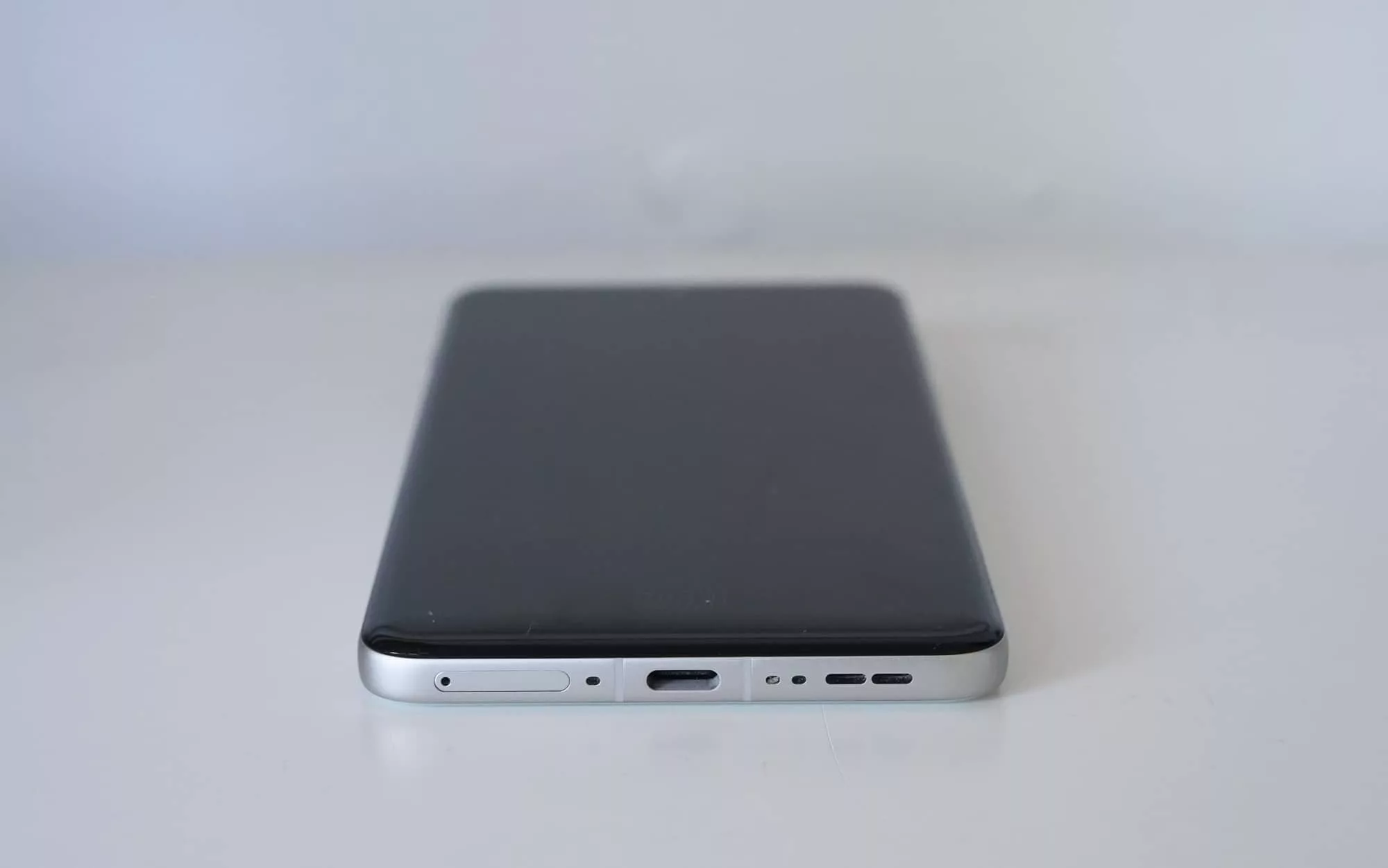
Design
Flat-edged phones have been the norm now for a few years, what with Apple and Samsung doing much of the heavy lifting in this way, and it’s a norm Oppo isn’t straying far from with the X8 Pro.
Another of the flat edge phones, there’s a slight curve to the screen and frame, but not enough that you’d really notice it. All in all, it’s a nice interpretation of the edge look we’re seeing everyone do.
A combination of metal and glass, our white X8 Pro had an almost marble-like rear look with a slightly textured glass back, sitting below the circular four camera system adorned with camera brand Hasseblad’s signature “H”. Meanwhile, the front offered the slightly curved glass, a 6.78 inch screen that takes up most of the obvious front.
It’s a good design and with a comfortable and balanced heft. The 215 gram isn’t so severe that you’ll notice it too much, but the premium materials go a long way to making the X8 Pro stand out, as does the finish on the white model we’re reviewing, which looks different from other phones sporting similar shades and colours.
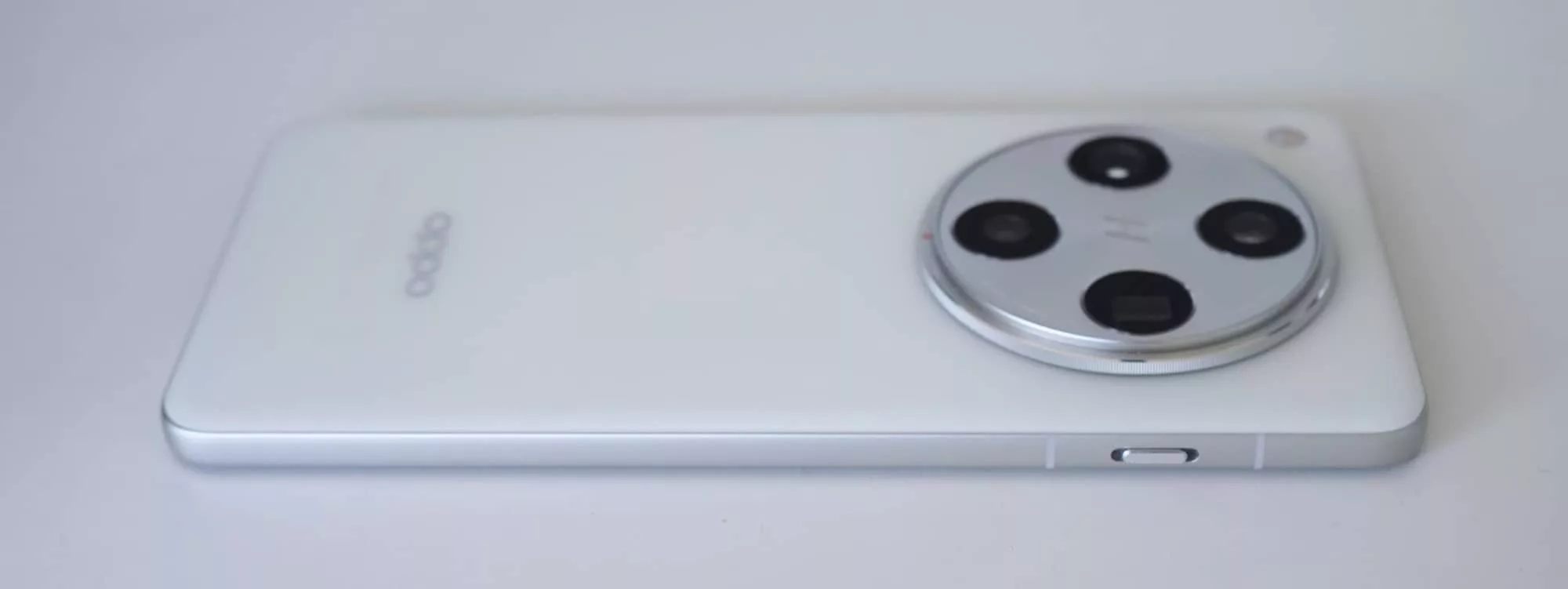
Features
We’re getting ahead of ourselves, of course, because we need to look under the hood.
For that, you’ll find a MediaTek Dimensity 9400 chip paired with 16GB RAM and 512GB storage, an amount that’s locked in with no way to upgrade. That’s about the norm these days for any phone in the flagship category, while mid-range and below still tends to see microSD slots for expanding storage options.
Google’s Android 15 arrives on the Find X8 Pro out of the box, prettied up with Oppo’s ColorOS 15, as well as a bunch of connection types on offer.
There’s only one wired port used for data, charging, and wired headphones — USB-C — while wireless just has so much, it’s more of a question of what doesn’t the Find X8 Pro offer. Totally normal offerings are here, including WiFi 5/6/7, Bluetooth 5.4, 5G, GPS, and Near-Field Communication, but there’s also support for an infrared remote control port up top, giving the phone an extra job: controlling your home appliances, TVs, AV receivers, air purifiers, and even cameras.
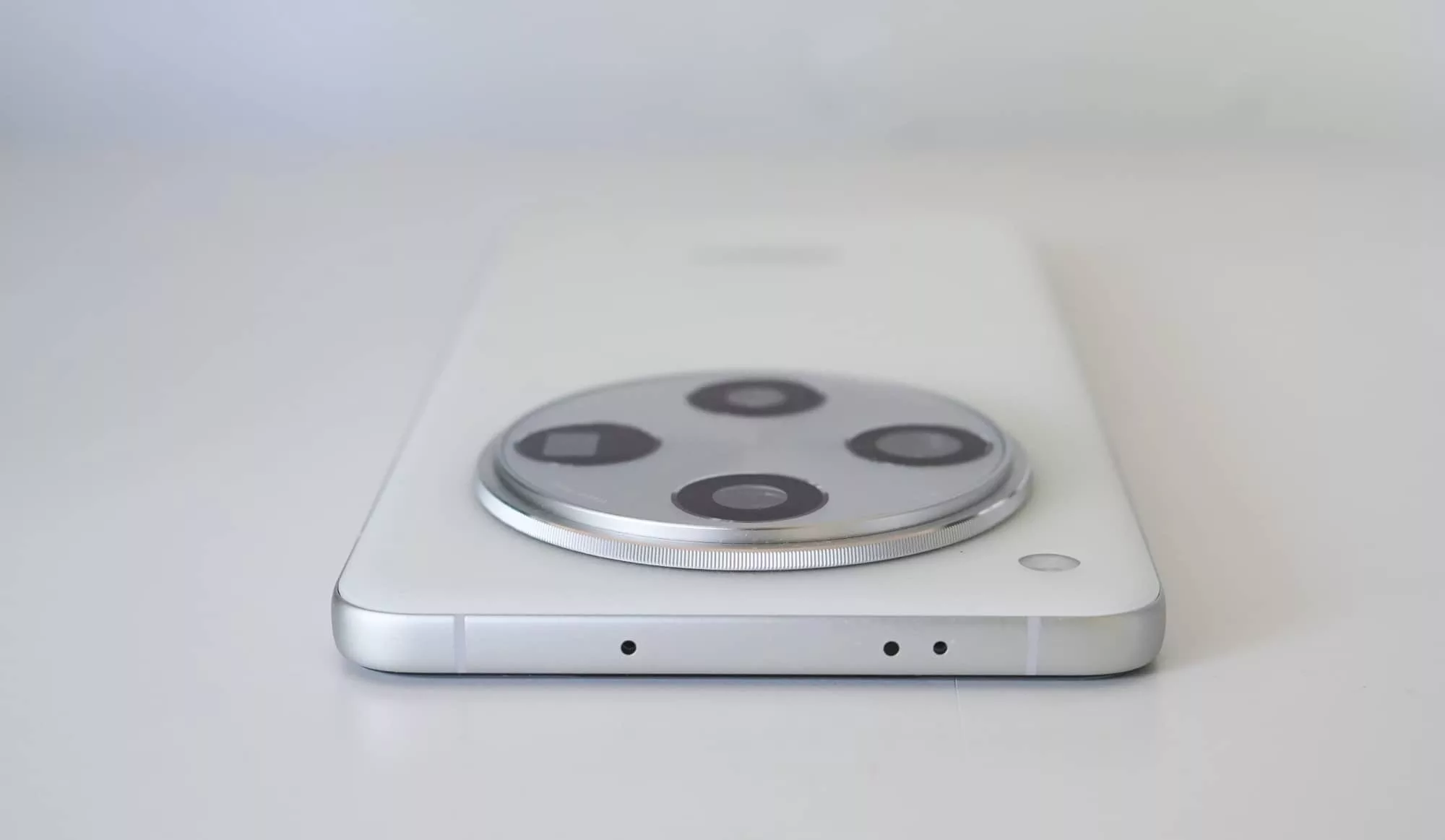
Anything with an infrared port can theoretically be controlled by this phone, as Oppo gives you something extra you typically don’t find on other phones.
Support for other common niceties are here, including a fingerprint reader in the screen and facial recognition, the latter of which works thanks to a 32 megapixel selfie camera found in the punch-hole of the display.
On the back, there are four other cameras, each of which offers a 50 megapixel camera across ultra-wide, wide, 3X, and 6X, delivering high-res stills and up to 4K video.
It all sits atop a 5910mAh battery supporting wired and wireless charge, and IP68 water and dust resistance.
| Model | Oppo Find X8 Pro (CPH2659) |
| Chip | MediaTek Dimensity 9400 |
| RAM/Storage | 16GB RAM; 512 |
| OS | Android 15, ColorOS 15 |
| Display | 6.78 inch Full HD+ AMOLED display, 120Hz |
| Cameras | Four 50mp cameras: 0.6X ultra-wide, 1X, 3X, 6X |
| Connections | 5G (sub-6), WiFi 7, Bluetooth 5.4, GPS, NFC, USB-C |
| Size/Weight | 8.34mm, 215g |
| Price | Starting from $1799 AUD |
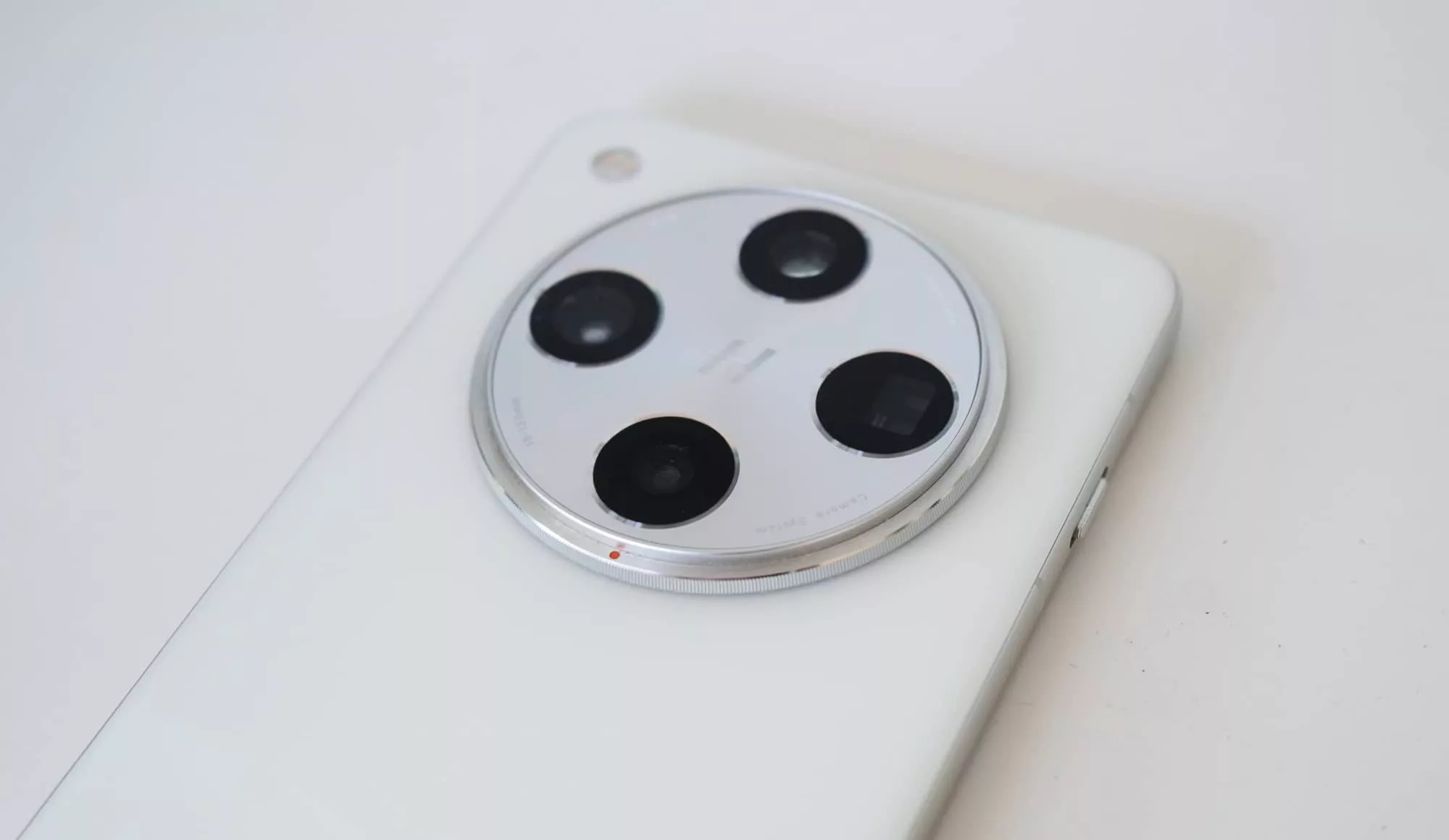
Display
There’s also the screen, a Full HD+ 2780×1264 AMOLED display covered by Corning’s Gorilla Glass 7i, and running at a maximum refresh rate of 120Hz.
It’s fast enough for slick animations and bright enough to be used out in the sun, but it also comes with another neat feature: support for 100 percent of the P3 colour gamut. That’s an attention to detail we’re used to seeing from Apple, but not many other brands.
In-use
If you’ve seen one Android phone, you’ve probably seen most of them, and that is certainly fairly close to true with the Find X8 Pro, an Android 15-powered handset with Oppo’s own interface, ColorOS 15.
Nestled somewhere between the look of iOS as it is today and Android, as well, ColorOS isn’t necessarily our favourite Android overlay, but it’s easy enough to use, that’s for you.
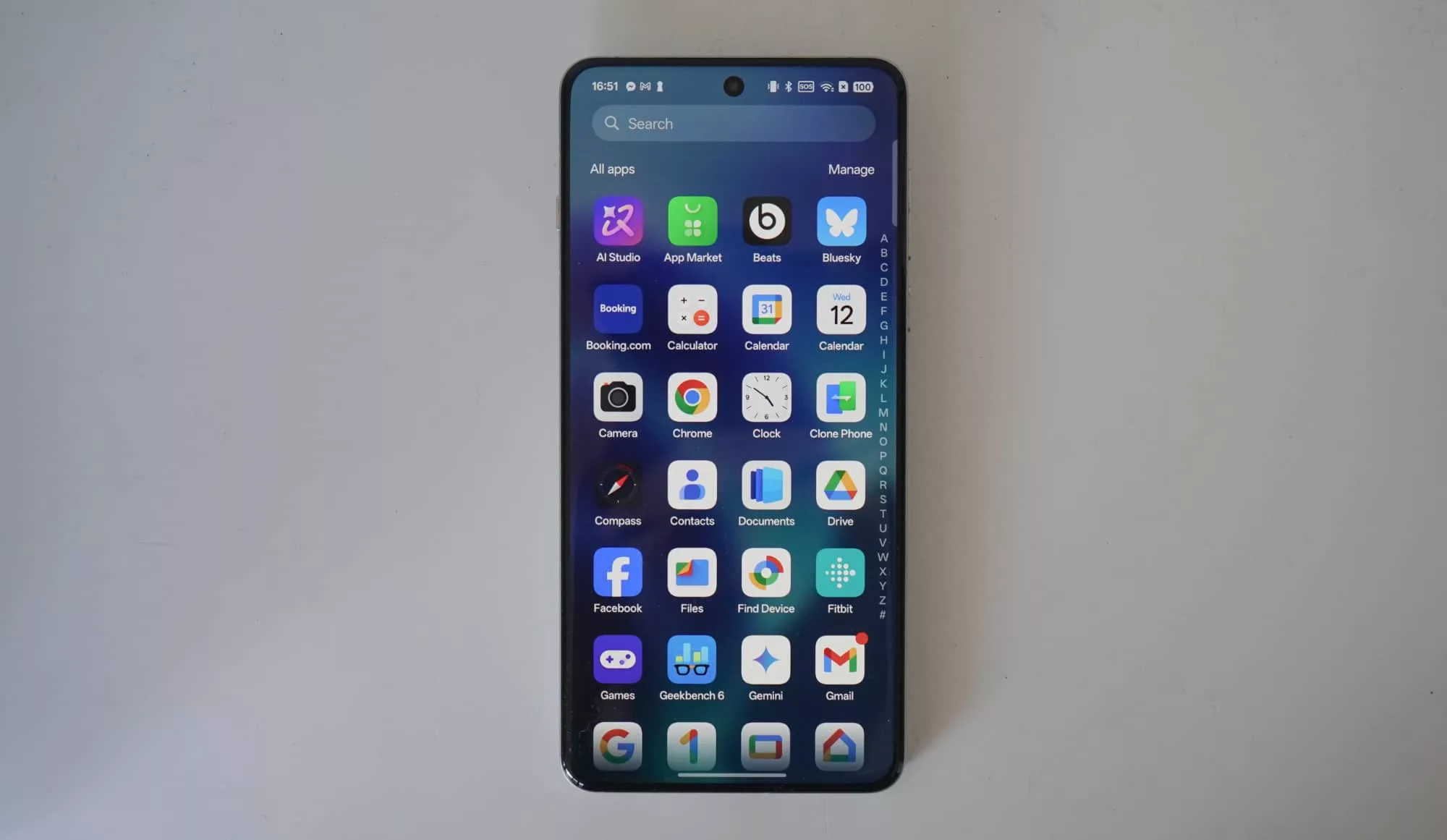
Widgetised home screens populate the main view of Android, and a swipe up will get you all of the apps. Meanwhile, the left-most screen on the home is for Google’s Discover feed, with Oppo keeping that in play.
You will find a fingerprint sensor built into the screen as well as a facial login, so it’s all fairly easy to use.
Oppo does include something a little out of kilter from Android phones on the physical controls: a volume ringer switch and a slim touchpad for controlling the camera.

If all of this sounds a little like an iPhone 16, that’s because it does feel a little inspired from that range of devices. The ringer switch is a little like something Apple removed from newer models of iPhone, while the touchpad is very much Iike the recent addition of Apple’s Camera Control on the current iPhone range.
Here on the Find X8 Pro, the camera control touchpad works in much the same way: swipe your finger over the slim pad to have it zoom in and out, acting as a physical controller for what is normally just a touchscreen, while you can also touch it to fire a shot. Handy.
Performance
Before we get to firing photos, we’re giving the system a good test, benchmarking the chip and memory combination inside.
In the X8 Pro, you’ll find a MediaTek Dimensity 9400 chip, an eight-core processor matched with 16GB RAM, which is definitely more than reasonable for a flagship handset. While not a Qualcomm Snapdragon, the Dimensity 9400 is clearly built to compete, at least based on benchmarks alone.
Testing the hardware against what’s out there from the 2024 phones, there’s plenty of guts in the Find X8 Pro, as the phone delivers top notch performance in synthetic benchmarks, and much the same in real-world performance, too.
Even comparing the phone to some of last year’s top ranking phones, such as Samsung’s S24 Ultra, the X8 Pro clearly has the chops to take on the best in the biz.
In fact, we only found a little bit of lag here and there, and usually when we were gesture typing on the keyboard, something that could easily be regarded as a software issue rather than a hardware one.
Sufficed to say, outside of a few hiccups, the Find X8 Pro handles itself admirably, and it’s much the same for 5G mobile performance.
Tested on the Telstra 5G network by way of Mate Mobile, we found speeds hitting 400Mbps across Sydney, though your mileage may vary. In short, the X8 Pro can hit fast speeds if you have them, and will even do nicely at home thanks to the support for WiFi 7, provided you have a supported router.
Camera
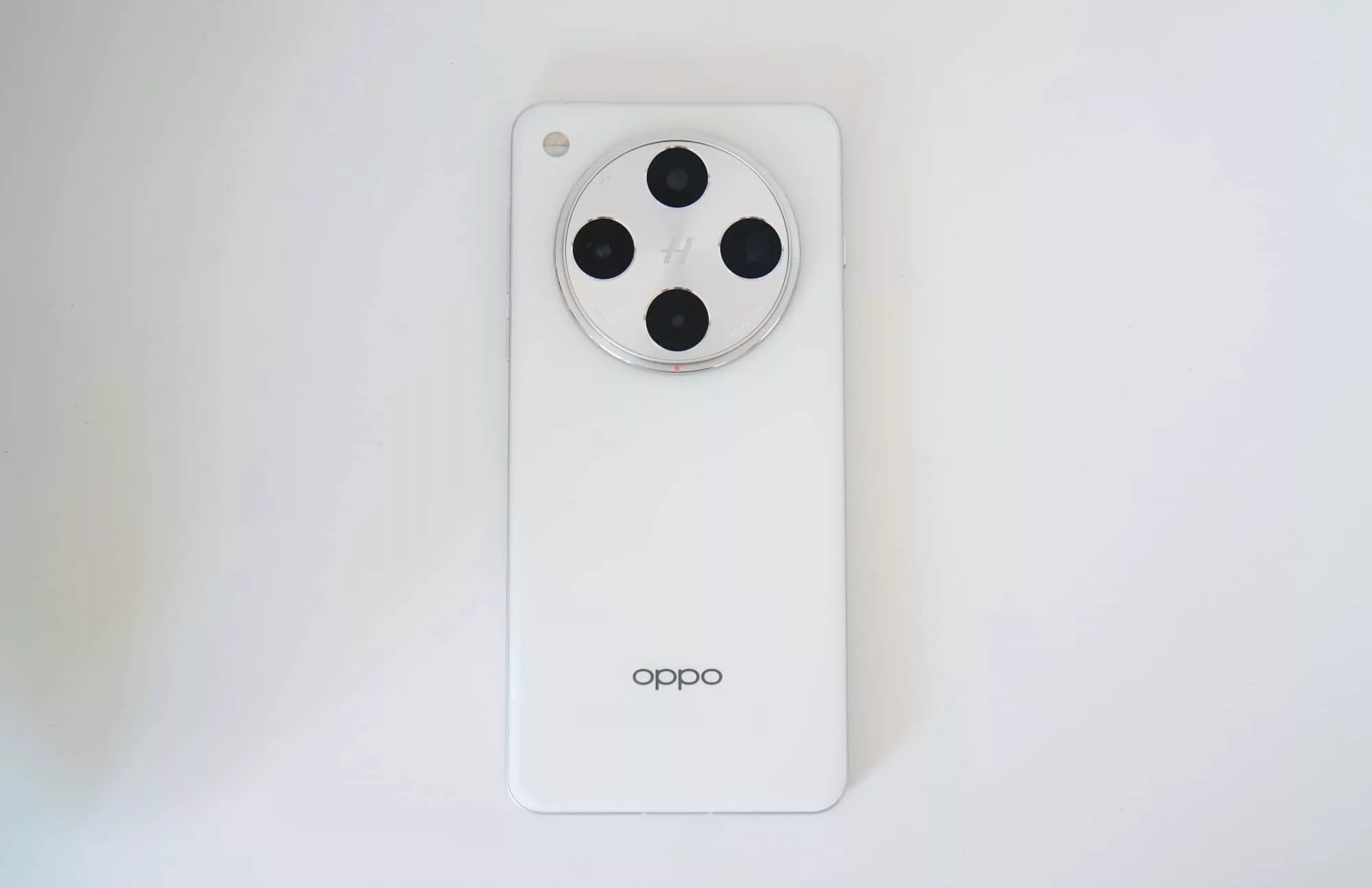
Mobile performance is but one factor, because these days you buy a phone for much, much more. It’s not just a portable computer or even just a portable phone. Phones these days excel at camera capabilities, and the Oppo X8 Pro is no different.
There are four on the back of this phone, found in the circular camera array emblazoned with the “H” of heritage camera brand Hasselblad, each delivering 50 megapixels across a range of focal lengths. You’ll find an ultra-wide 0.6X set to F2.0, a standard wide angle at F1.6, a 3X telephoto at F2.6, and a closer 6X telephoto at F4.3.
Overall, it’s a formidable set covering roughly equivalent from ultra-wide to close, with image stabilisation found throughout much of the range, minus the ultra-wide option.




Support for 4K video is found here, too, as is a Live Photo mode not unlike what you can find on an iPhone, and there’s even a Hasselblad film touch that’ll have you thinking of retro cameras thanks to the Xpan mode with some filters, too.
It’s a solid little war chest of camera prowess, and one that shows itself off quite nicely. Images shot in daylight shine with delightful colours and crisp visuals throughout most of the focal range, while night time shots tend to find light where there really shouldn’t be much.
The star of the show is clearly the standard 50 megapixel with its F1.6 low-light friendly lens, but the 3X zoom isn’t bad either, and the ultra-wide can get some good shots, as well. You may find a little loss of clarity on the 6X zoom — Oppo’s “ultra-telephoto” — but all in all, it’s not a bad effort overall.




Battery
One area that stuns is the battery life, with the massive 5910mAh battery really giving you its all through use.
Tested as our daily driver, we found the Find X8 Pro could hit a day and a half of battery life easily, needing a charge on the second night, but able to stay off the power cord until that you go to sleep a day later. It’s a solid result, and one that makes you feel the phone just keeps delivering.
While you won’t see the magnetic wireless charging technology Qi2 make an appearance in the X8 Pro, there is support for standard wireless charging, as well as Oppo’s 80W SuperVooc technology, which isn’t far from being laptop-grade power performance.
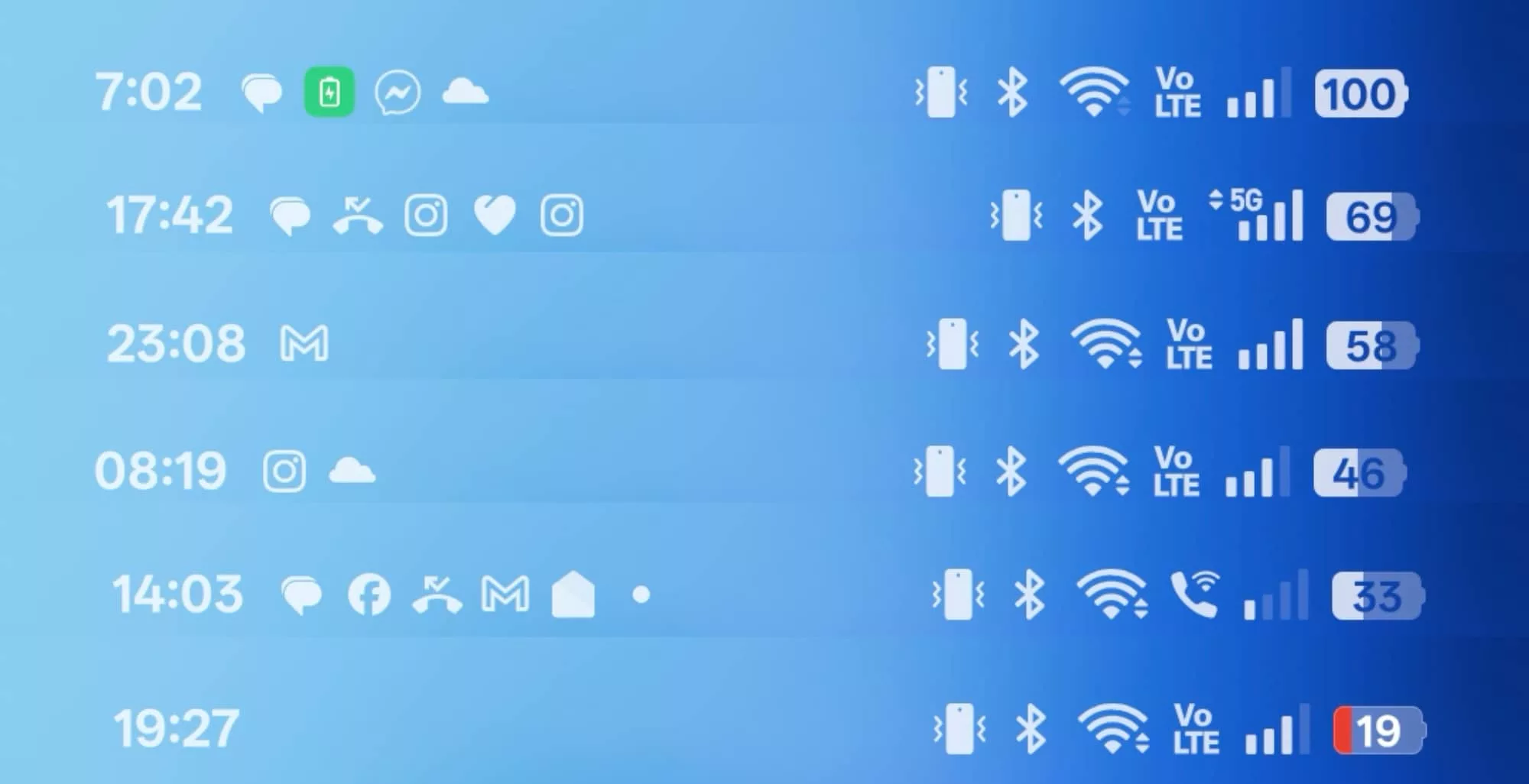
Value
Even the price is pretty solid, with an Australian recommended retail price of $1799 making the Find X8 Pro one of the best value flagship Android phones around. For under $1800, Oppo has packed in four cameras, 512GB storage, and a great screen and system spec.
By comparison, the 512GB Google Pixel 9 Pro XL is $2197, while the 512GB Samsung Galaxy S25 Ultra will cost $2349.
In each situation, Oppo is undercutting its most obvious competition in a seriously aggressive way, providing a few hundred greats reasons to consider a flagship alternative.
What needs work?
There’s very little to dislike about the package Oppo has assembled. While Australia might have missed out on some of the previous generations of Find X phones, the X8 Pro is back in the full swing of things, and really firing on all cylinders. It’s just a stellar phone.
But we’re not totally enthused by the version of ColorOS. It just feels a little soo simplistic for our liking, and something that could be better overall.
It’s a minor issue, as is the omission of Qi2, something we expected on every flagship in 2024, but only made its way to one device, the HMD Skyline. It’s not here, either, and that’s a small shame.
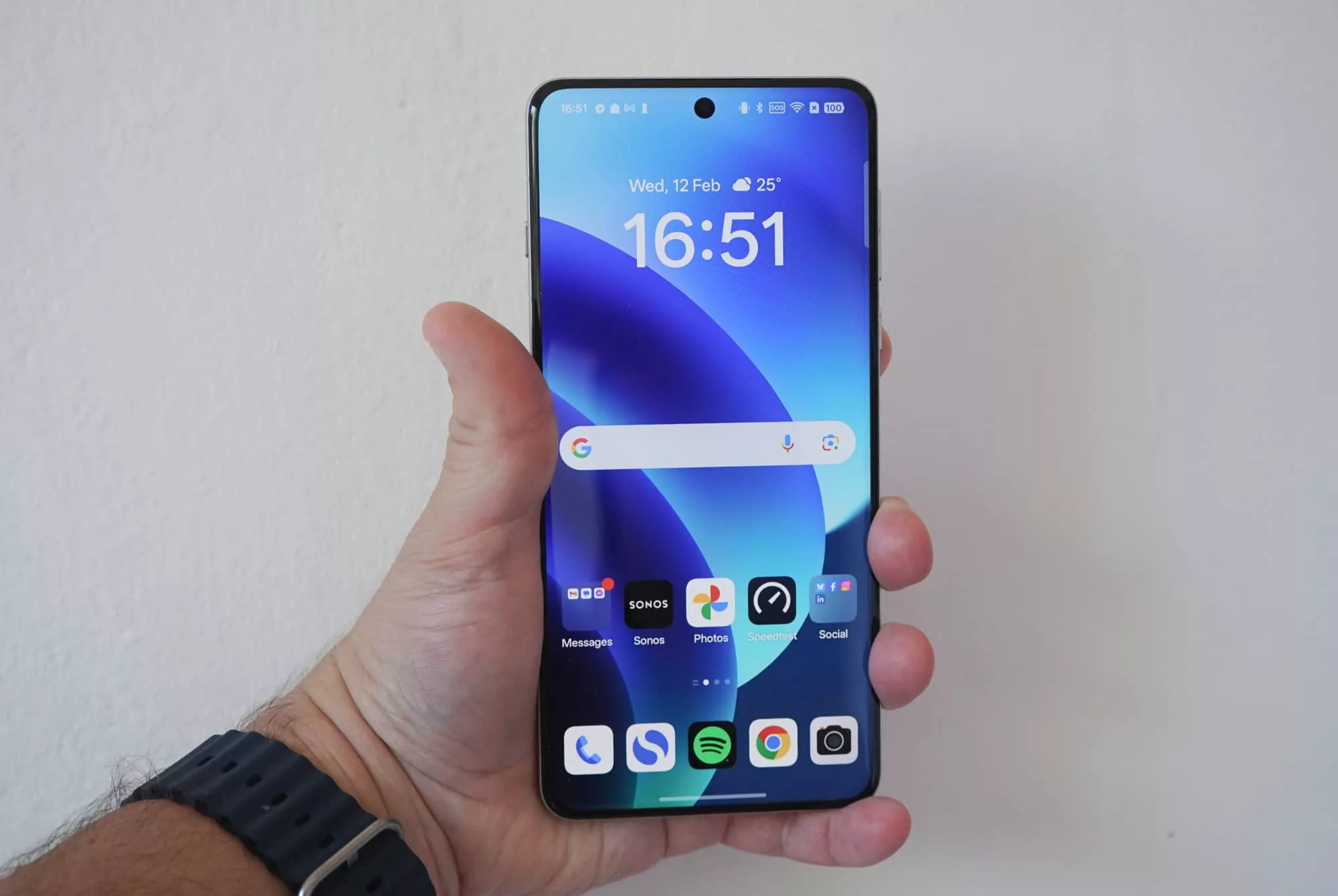
What we love
What we love about the X8 Pro, though, is its representation of value. Oppo has really delivered here.
With phones beginning to cost more and more, and flagships typically reaching well over the $2K mark, it’s refreshing to see a mobile maker intentionally set the price of a 512GB premium handset obviously under it.
This is a value-driven flagship and highly appreciated for that fact.
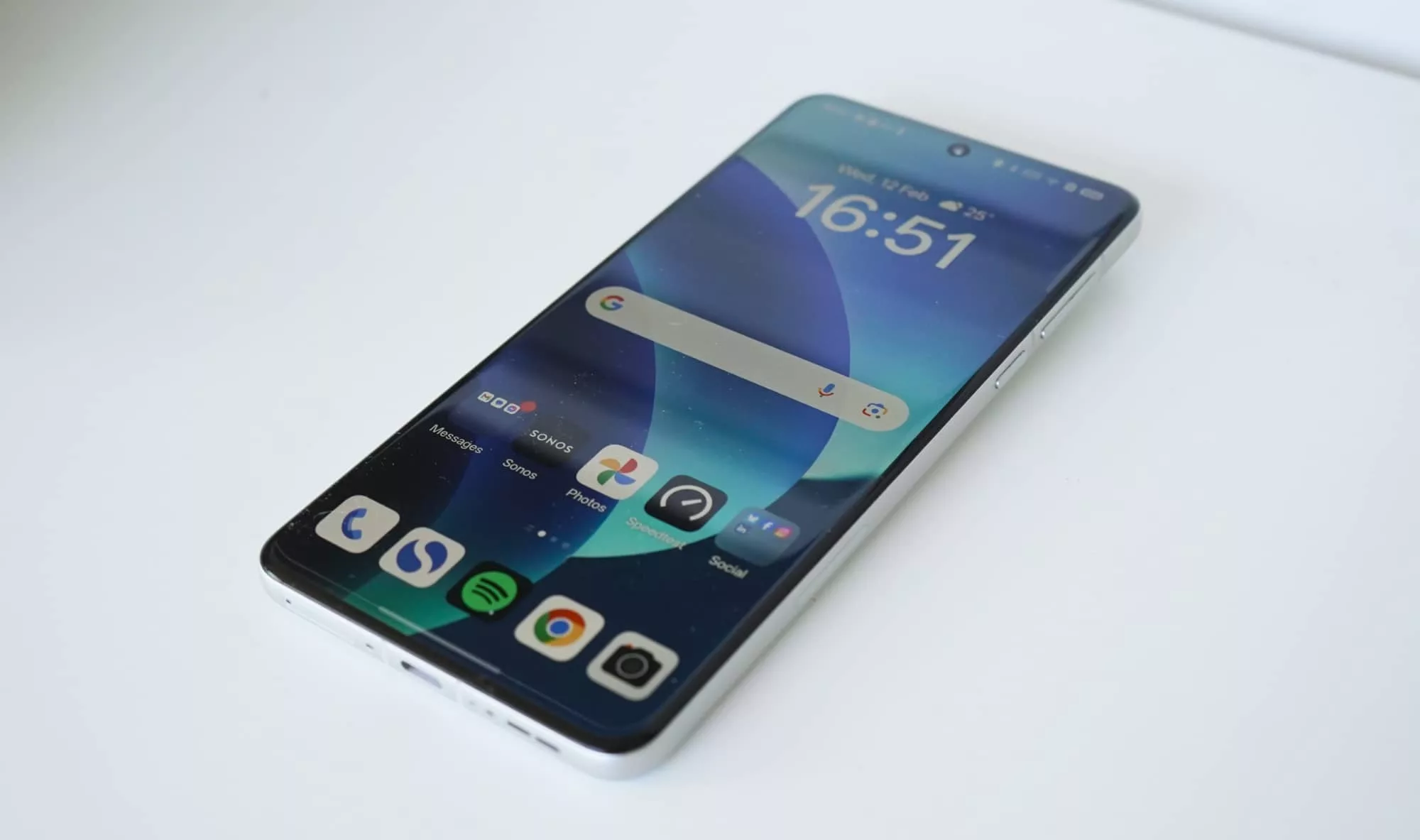
Final thoughts (TLDR)
Colour us surprised. Not necessarily with ColorOS, but just in general; we didn’t expect the Find X8 Pro to be so compelling, with a phone that’s hits almost all the right notes in its execution.
Delightfully designed and armed with some solid tech, too, the Oppo X8 Pro stands out for all the right reasons. It’s a flagship alternative done right and a solid choice for any Android owner.
There are still things Oppo could to do to improve the package, for sure, but given the price, feature set, and experience, this is a phone well worth considering. Recommended.



